CE Certified Workwear | Durable Safety Clothing
In recent years, the CE working clothing sector has witnessed unprecedented growth, driven by heightened regulatory standards and increasing demand for occupational safety across industrial, construction, and manufacturing sectors. According to Statista 2023, the global industrial protective clothing market surpassed $20.2 billion, with a projected CAGR of 8.4% through 2027.
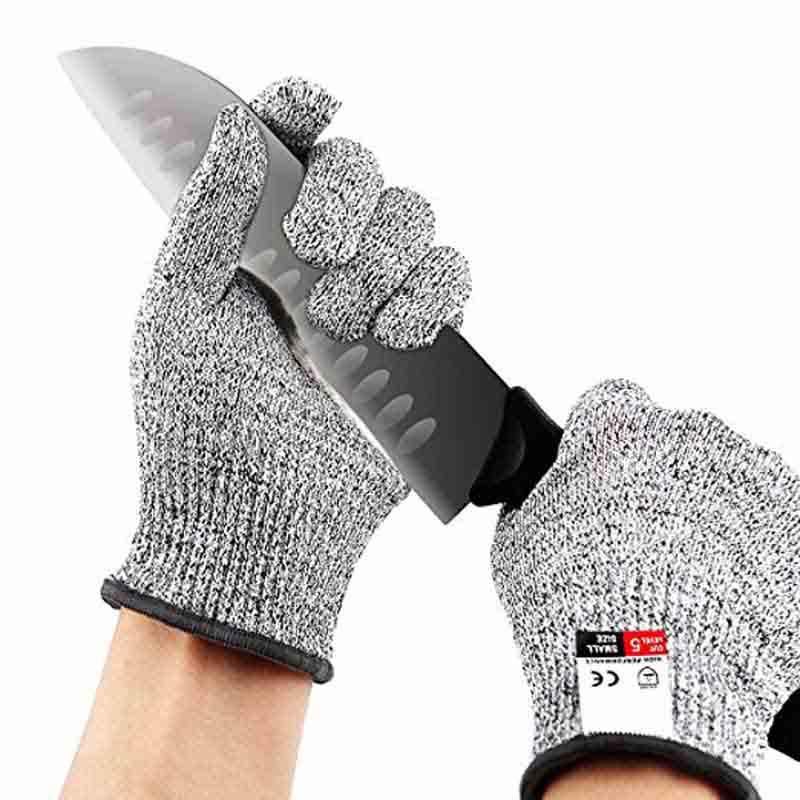
Innovations in material science—such as advanced aramid fibers, PTFE membranes, and flame-retardant coatings—have revolutionized ce working clothing by enhancing protective performance, comfort, and durability. Industry regulations in Europe (EN ISO 13688:2013), the U.S. (ANSI/ISEA 107-2020), and Asia enforce strict standards for working clothing construction, welding clothing, and woodworking safety helmet performance.
| Parameter | Standard/Range | Description |
|---|---|---|
| Material | Aramid, Cotton, Polyester, Antistatic Fiber | Choose material for fire, chemical, arc, or cut protection; blends are common for enhanced durability and comfort. |
| Compliance | EN ISO 13688, ISO 11611, EN 343 | Corresponds to basic requirements, welding protection, and weatherproofing (respectively). |
| Seam Strength | > 270 N (EN ISO 13935-2) | Critical for abrasion and tear resistance during heavy use. |
| Flammability | < 2s afterflame (ISO 15025) | Limits propagation to ensure safety during welding or in hot zones. |
| Antistatic Index | < 2.0 x 107 Ohm | Reduces electrostatic discharge risk in oil & gas and petrochemical applications. |
| Surface Resistance | < 1 x 1011 Ohms | Prevents dust and spark hazards in critical areas (per ATEX). |
| Protection Class | Type I, II, III | Specifies minimum coverage from hazardous agents. |
| Color Fastness | ≥ 4-5; (ISO 105-B02) | Maintains professional appearance and visibility. |
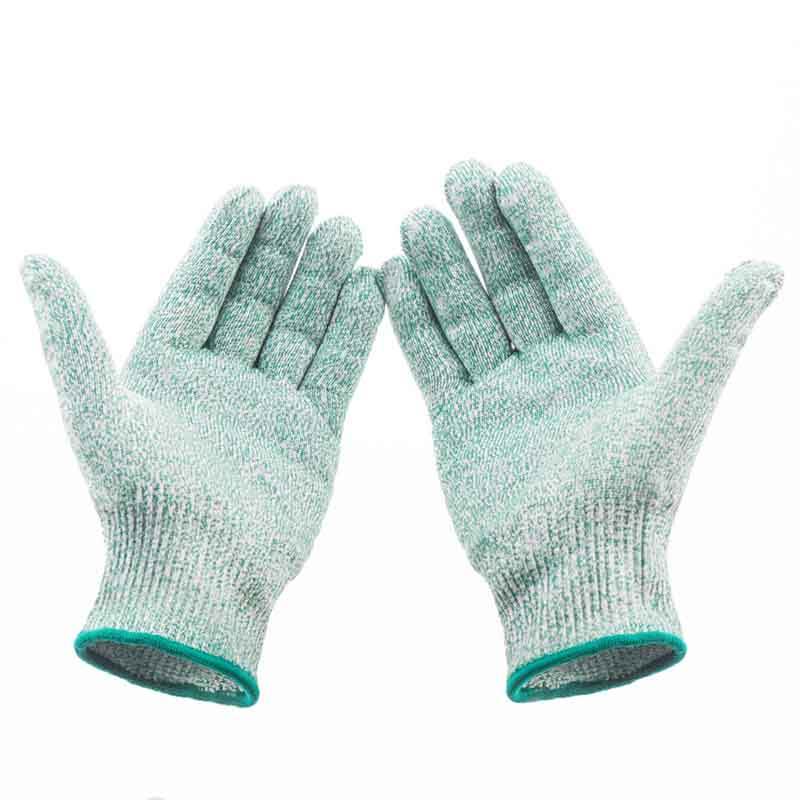
- Material Sourcing: High-grade yarns (aramid, cotton, polyester) sourced from ISO-certified suppliers.
- Pre-treatment: Fibers are pre-shrunk, dyed, and finished with flame-retardant, antistatic or water-repellent coatings.
- Fabric Cutting (CAD-enabled): Patterns are precision-cut using CNC guides to minimize waste and ensure consistency.
- Sewing & Assembly: Multi-needle, lock-stitch, and overlock machines used for enhanced seam strength.
- Accessory Integration: Incorporation of reflective tape, zippers, Velcro, and ESD patches (per area safety needs).
- Inspection & Testing: Garments subjected to ISO 15797 washing test, ASTM F1506 arc-rating, and tensile seam pull tests.
- Packing & Certification: Each batch labeled with CE, ISO, and batch traceability codes; accompanied by conformity certificates.
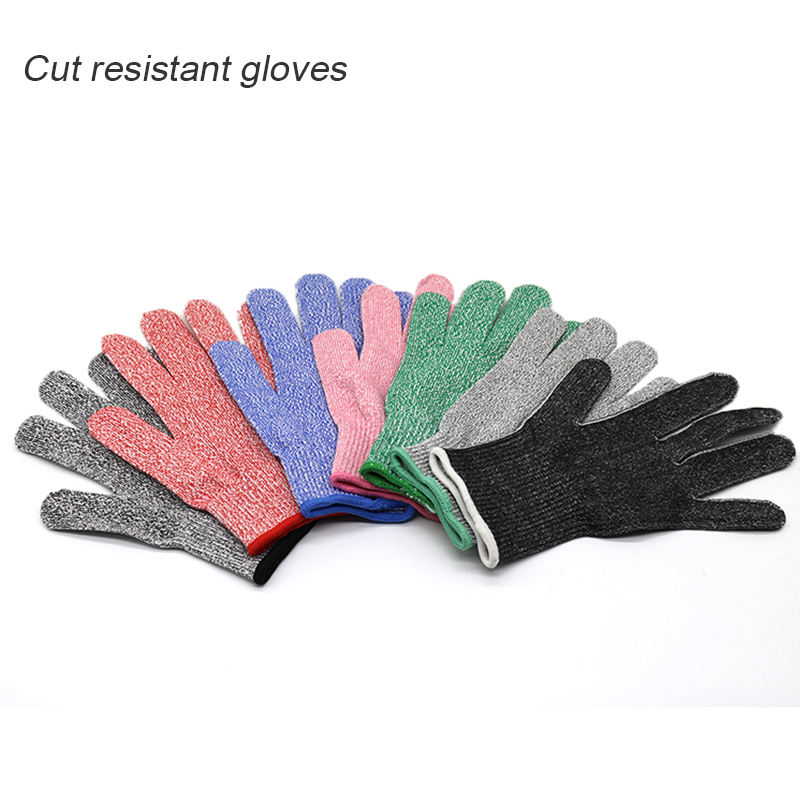
Video Explanation: Watch CE Working Clothing Production Process (example)
CE working clothing is widely adopted across major sectors:
- Construction: High-visibility garments, combined with woodworking safety helmet, comply with EN 471 and EN 397 for maximum site safety.
- Heavy Industry: Flame-retardant clothing shields personnel from molten metal splashes, arc flashes, and flying debris.
- Utilities (Water, Gas): Waterproof and antistatic fabrics assist in harsh, hazardous environments, matching EN 343 and EN 1149-5.
- Oil & Petrochemicals: Dual-standard (EN ISO 11612/11611) protection for chemical splash, static, and thermal exposure.
- Welding workshops: Garments offer dual-layered, heat-resistant coverage with reinforced seams to suit ISO 11611 Class 2.
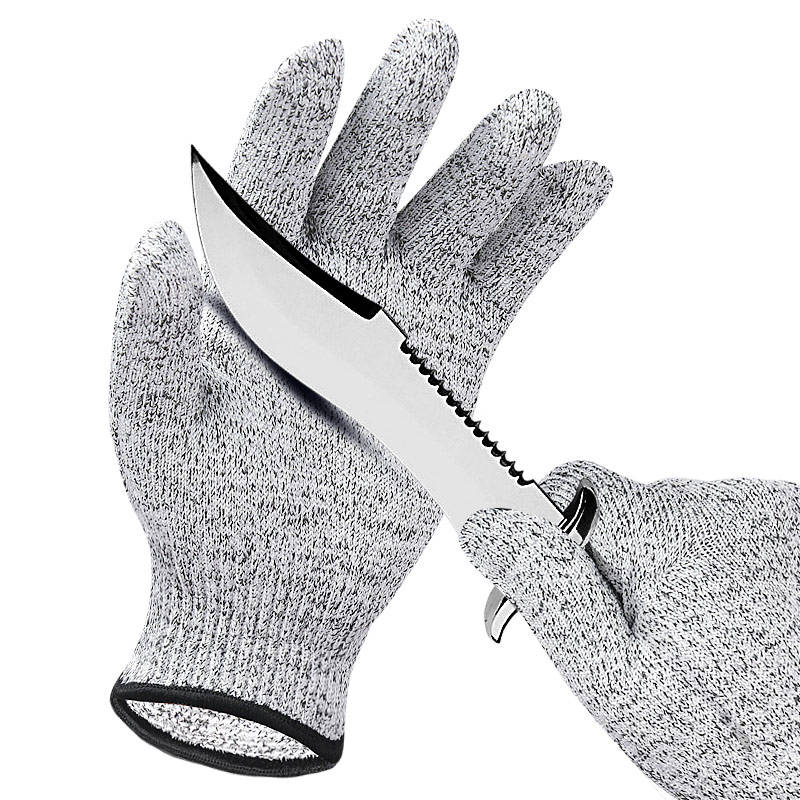
Material Innovation: Top-tier clothing manufacturers increasingly use blends of meta-aramid, modacrylic, and viscose FR for lighter weight, flexibility, and improved arc flash protection. Surface coatings (PTFE, PU) yield superior hydrostatic head values (> 10,000mm H2O).
Certifications & Standards: Products conform to CE, ISO 9001:2015, ANSI, and Oeko-Tex. Regular compliance audits conducted by SGS, ITS, and TÜV Rheinland foster unmatched reliability.
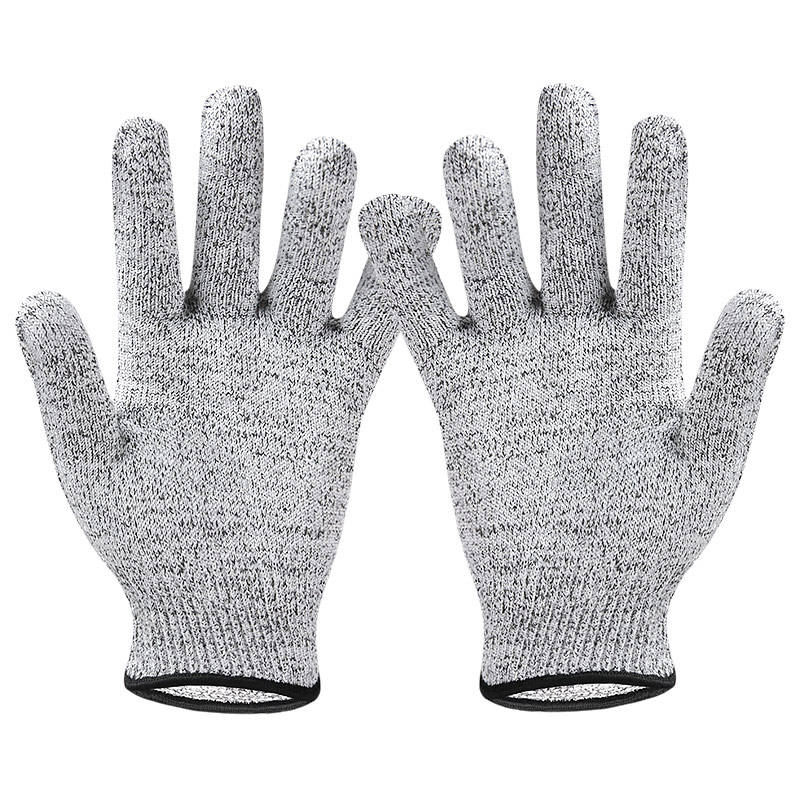
Working gloves are essential PPE, complementing ce working clothing in construction, metalworking, petrochemical, and general industrial applications. These gloves deliver robust mechanical protection (against punch, abrasion, and cut hazards), chemical resistance, and high dexterity.

| Working Gloves: Key Technical Specifications | ||
|---|---|---|
| Property | Typical Value | Standard/Test Method |
| Material | Nitrile-coated polyester/nylon shell; split leather palm | EN 388:2016 |
| Abrasion Resistance | Level 4 (≥8000 cycles) | ISO 4649 |
| Cut Resistance | Level 4 (≥15 N) | ISO 13997 |
| Grip | Wet and Oily: 64% improvement vs. cotton | Palm Slip Test |
| Size Range | 7 (S) - 11 (XXL) | EN 420 |
| Contact Heat Resistance | Up to 250°C (Level 2) | EN 407 |
| Certifications | CE, ISO 9001:2015, FDA (food contact safe: select types) | - |
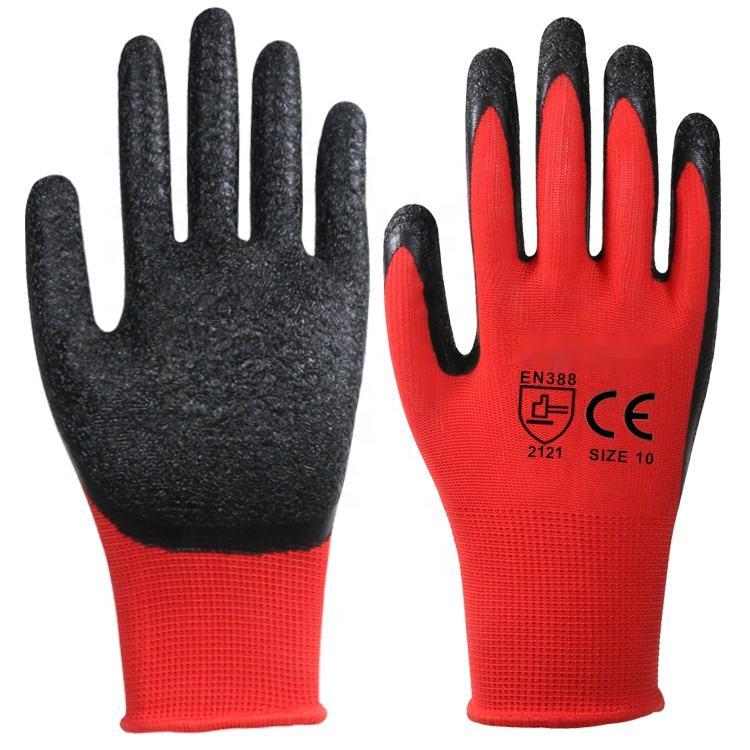
- Advanced Materials: European clothing manufacturers prioritize eco-friendly, skin-safe treatments (Oeko-Tex Standard 100).
- Seamless Integration: German and Japanese factories employ RFID labeling, QR traceability, and 3D body mapping for improved fit and compliance.
- Testing & Quality Control: Leading brands test all ce working clothing per ISO/IEC 17025 laboratory standards, including accelerated aging and cross-lot random sampling.
- After-Sales Service: Top suppliers offer no-minimum custom orders, digital sample previews, and 48h rapid service windows.
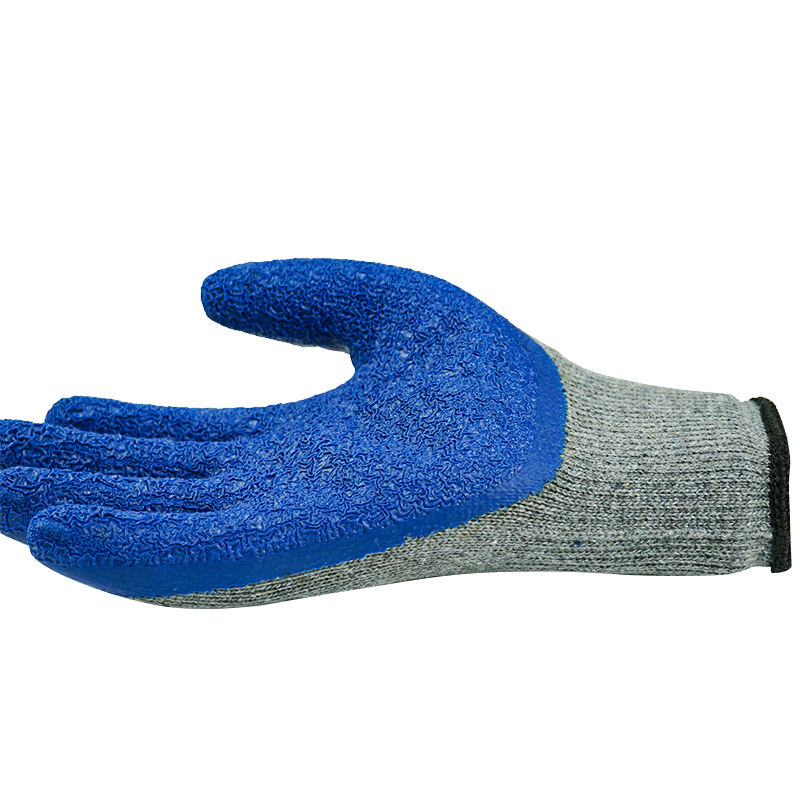
For enterprise clients in petrochemical, metallurgy, and construction, ce working clothing must address sector-specific hazards. Customization options include:
- Logo Branding & Corporate Colors – Enhances professional identity, complies with uniform codes.
- Fit Adjustment – 3D tailoring for improved ergonomy (EN 340), especially for female and small-size workers.
- Integrated PPE Packages – Bundling with woodworking safety helmet, safety footwear, or Working gloves for broad-spectrum protection.
- Specialized Finishes – ESD, antimicrobial, waterproof, and anti-UV coatings as required.
- Documentation – Complete CE DoC, ISO certificates, and user manuals in target languages.
- Background: 2,000+ workers on a hydro-electric dam project in Scandinavia.
- Solution: Supplied CE working clothing (EN ISO 13688 & EN 343 certified coveralls), bundled with oil-resistant Working gloves and high-visibility vests.
- Outcome: 38% reduction in minor injuries and zero lost-time incidents in the first project year; positive EHS audit review, contributing to LEED Gold certification.
- Background: Saudi petrochemical plant required welding clothing and ESD-safe wear for maintenance crews.
- Solution: Designed dual-standard garments (EN ISO 11611 Class 2, EN 1149-5), plus nitrile-coated gloves resistant to oil & solvent exposure.
- Outcome: Independent SGS testing certified ce working clothing for 80+ washing cycles; zero recordable PPE failures across two shutdowns.
- Background: North American municipality upgraded PPE for 450 field engineers in water and wastewater.
- Solution: Lightweight, waterproof, antistatic ce working clothing (EN 343, EN 1149) and chemical-resistant Working gloves.
- Outcome: Enhanced productivity by 27%, significant improvement in morale as reflected in worker feedback.
- Inspection: 100% on-site and laboratory batch testing per ISO 2859-1 AQL 1.0.
- Warranty: All CE working clothing comes with 18-month product warranty (gentle wear conditions), extendable for bulk contract clients.
- Lead Time: Standard SKUs: 5-8 working days; Custom orders: 15-21 days (depending on logo, color, and accessories).
- Support: Multilingual customer care, technical documentation, and after-sales incident tracking portal.
-
Q1. What materials are typically used in CE working clothing?The most common are meta-aramid (for fire and arc protection), polycotton blends (for cost/performance), antistatic carbon fibers, and PU/TPU surface coatings for water resistance.
-
Q2. What are the key compliance standards for working clothing and gloves?EN ISO 13688 (general requirements), EN ISO 11611 & 11612 (welding, flame), EN 343 (weatherproof), EN 388 (gloves: abrasion, cut, tear, puncture), and EN 420 (general glove requirements).
-
Q3. How do you measure seam strength and durability?Seam strength is measured per EN ISO 13935-2 tensile test; a pass mark is generally set at >270N. Wear tests (Martindale, Taber) are used for abrasion and pilling assessment.
-
Q4. What is the expected lifespan of compliant working clothing?For ce working clothing that meets ISO and CE, typical service life is 2.5–3 years (80–100 washing cycles), but dependent upon use environment and care.
-
Q5. Are custom sizing and branding available?Yes, reputable clothing manufacturers offer 3D body scan-based fit, embroidery, and digital printing for branding as standard premium options.
-
Q6. What is ESD protection in ce working clothing?ESD (Electrostatic Discharge) protection integrates conductive fibers in the weave, tested to EN 1149 (surface resistivity under 1x1011 Ohms) to prevent static build-up.
-
Q7. How should working gloves be properly selected for a given task?Selection depends on hazard assessment: cut level (EN 388), chemical compatibility, dexterity requirements (glove thickness, flexibility), and presence of impact guards for heavy work.
- “European Standard EN ISO 13688:2013 – Protective Clothing: General Requirements.” Available: EN-Standard.eu
- “Trends in Global Protective Clothing Market 2022–2027.” Statista, Statista Market Outlook
- “CE Certification for Personal Protective Equipment (PPE).” European Commission, EC Official
- “Innovative Smart Textiles for Occupational Safety,” Journal of Industrial Textiles, Volume 51(2), 2023. SAGE Journals
- Discussion on PPE Lifetime & Laundering, SafetyForum: IOSH Forum
-
Women's Safety Clothing Canada | Hi-Vis & Durable Gear
NewsAug.27,2025
-
Durable Safety Helmet Hats: Ultimate Head Protection & Comfort
NewsAug.26,2025
-
HDPE Safety Helmet: Durable Head Protection for Work Sites
NewsAug.25,2025
-
Stylish Baseball Cap Safety Helmet | Discreet Head Protection
NewsAug.24,2025
-
Durable Waterproof Safety Clothing | Custom & High-Vis Protection
NewsAug.23,2025
-
Premium Reflective Safety Clothing | High-Vis Workwear
NewsAug.22,2025
